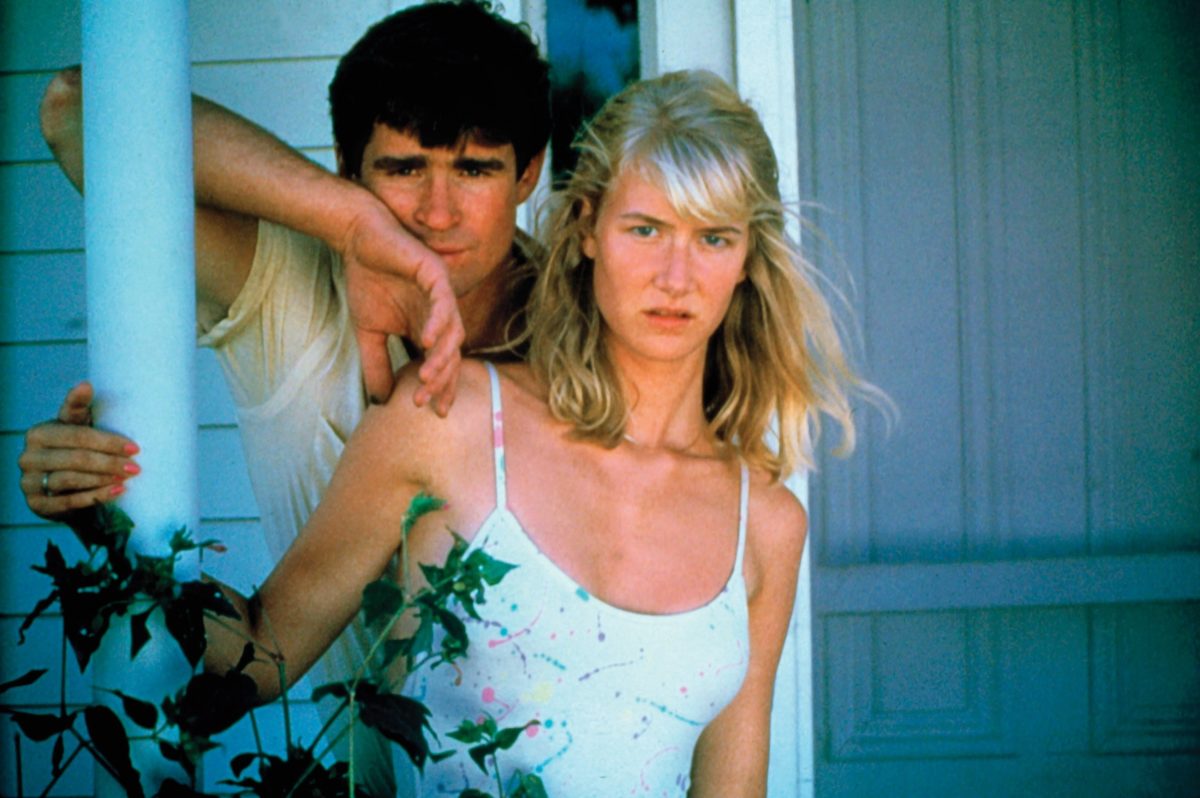
Film
Smooth Talk, by Joyce Chopra, 1985
You have reached your article limit
Sign up for a digital subscription and continue reading all new issues, plus our entire archives, for just $1.50/month.
Already a subscriber? Sign in

Film
Smooth Talk, by Joyce Chopra, 1985
Sign up for a digital subscription and continue reading all new issues, plus our entire archives, for just $1.50/month.
Already a subscriber? Sign in